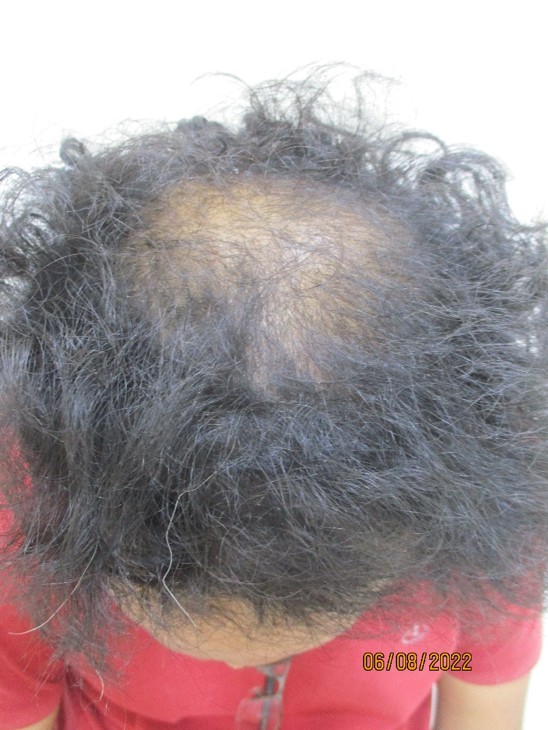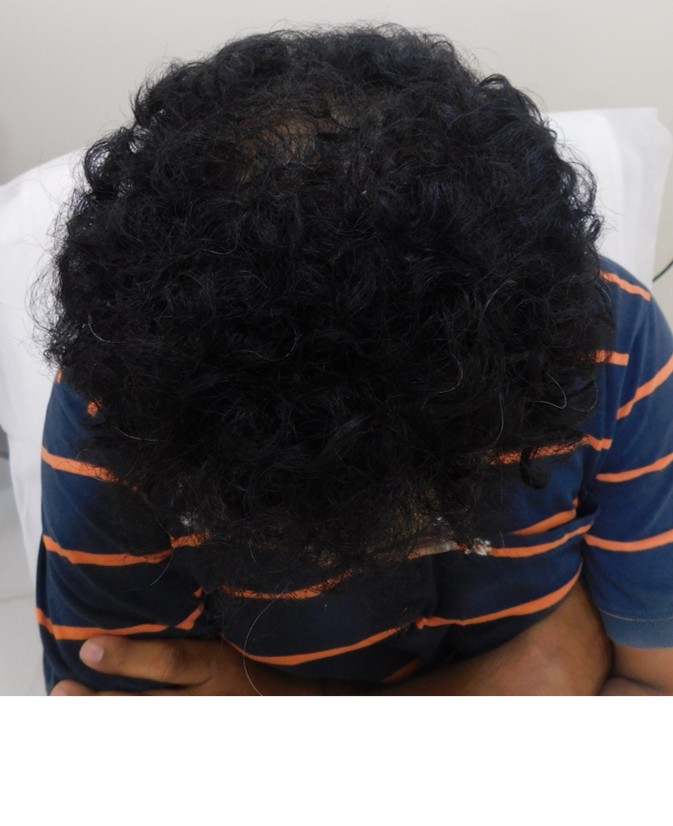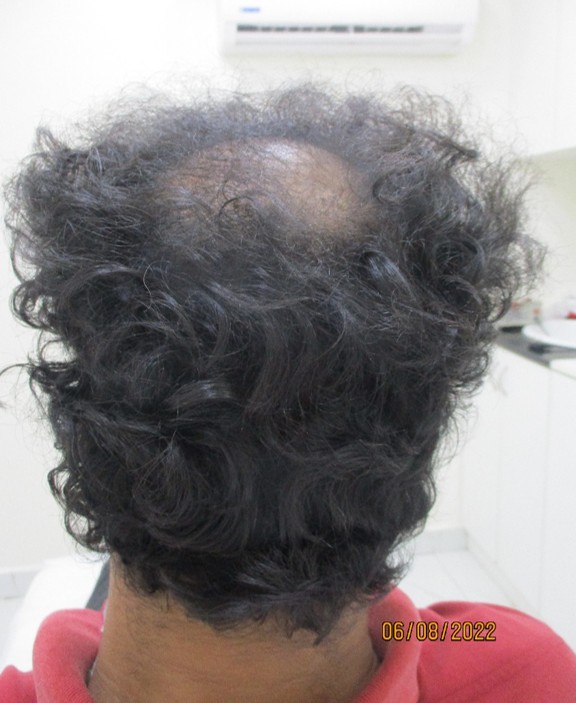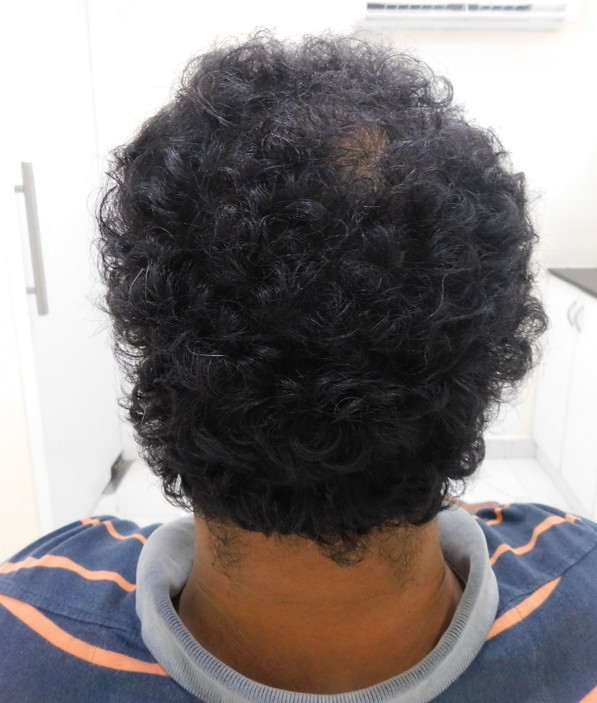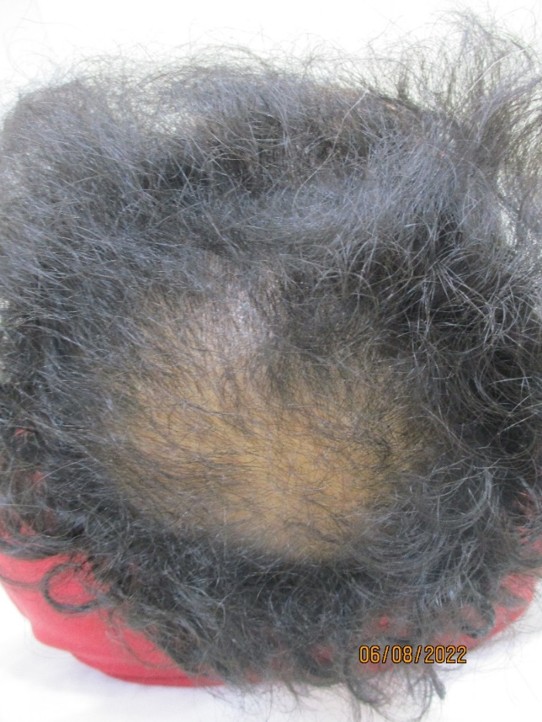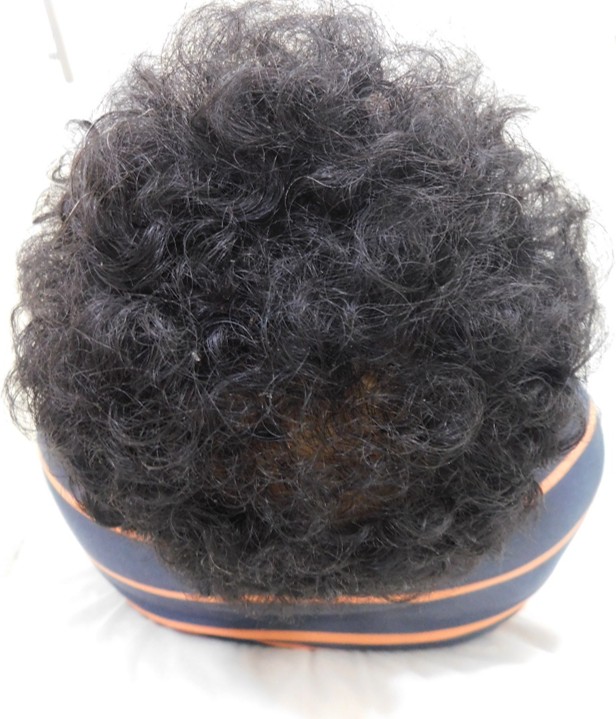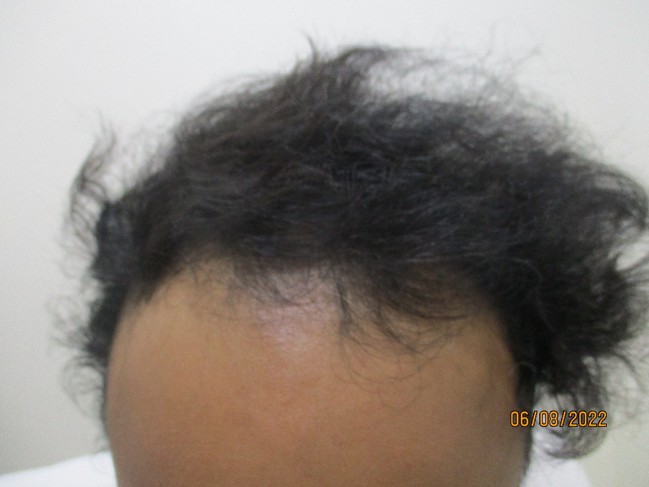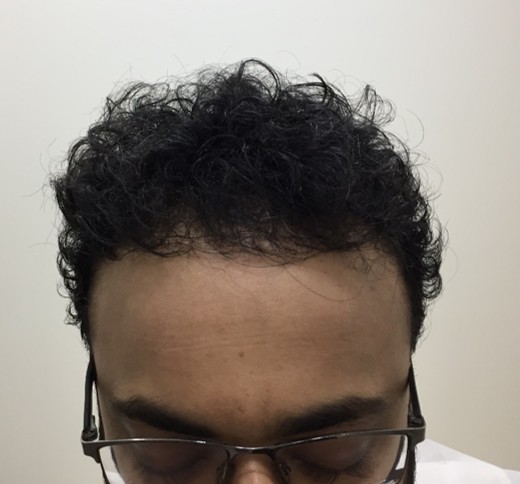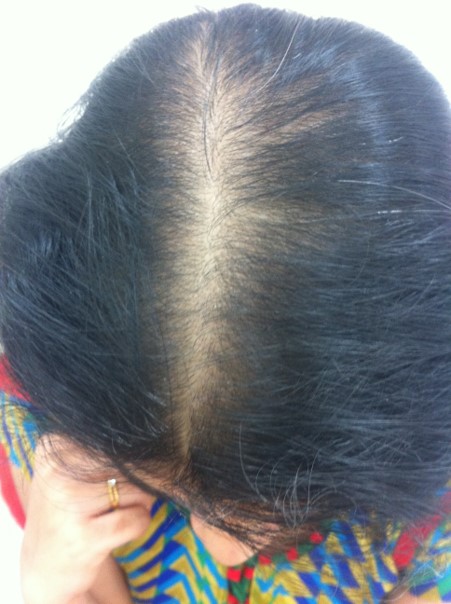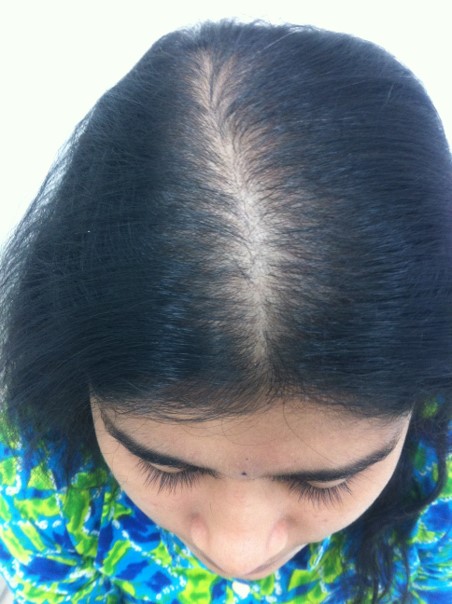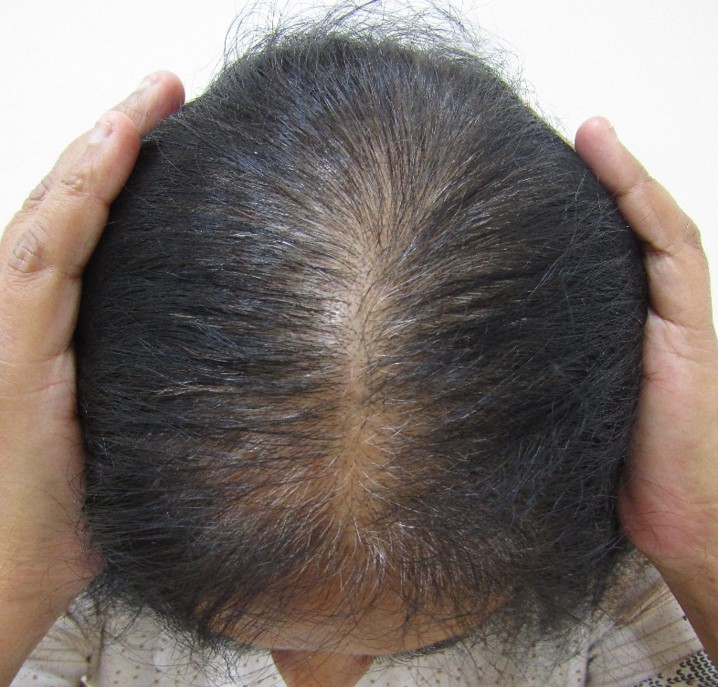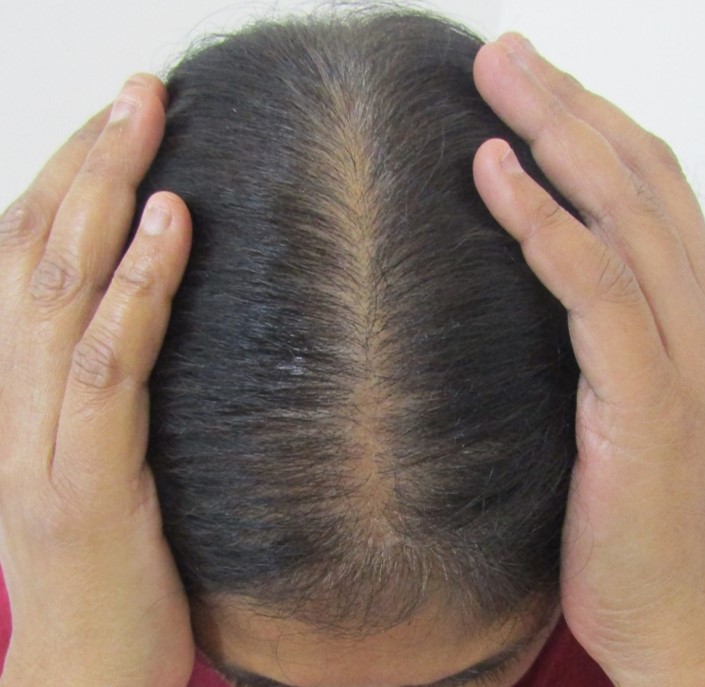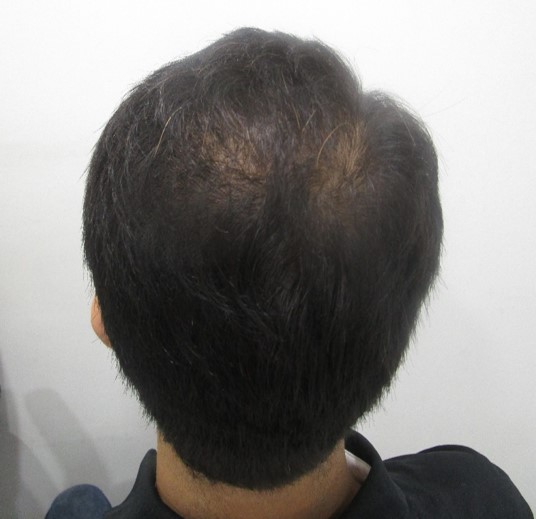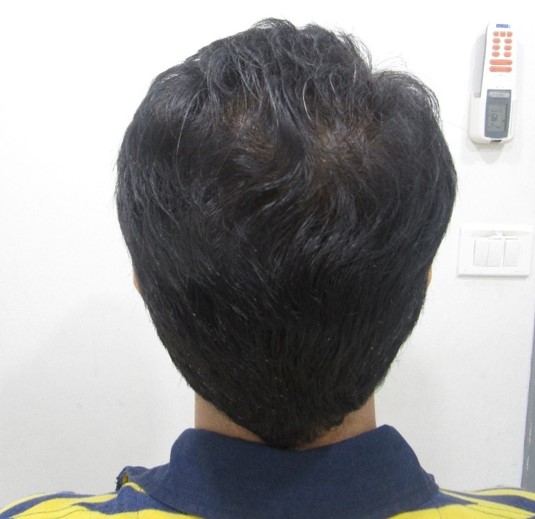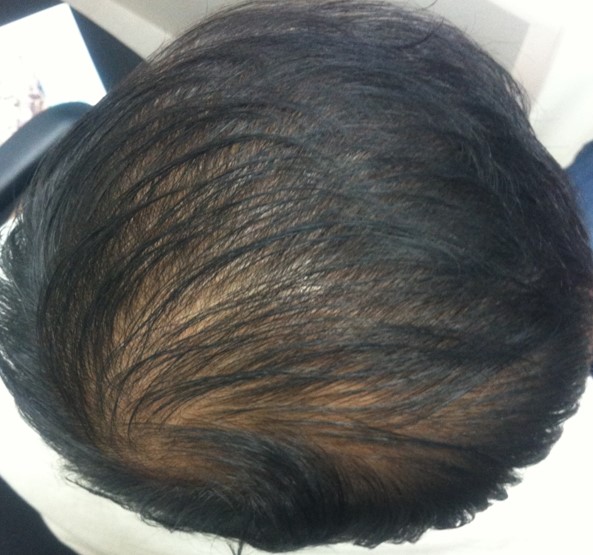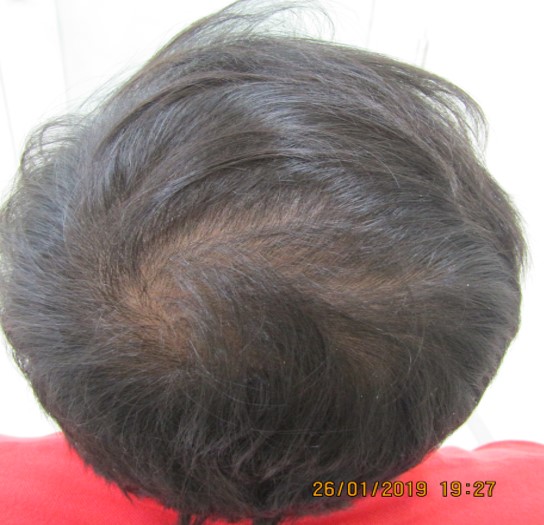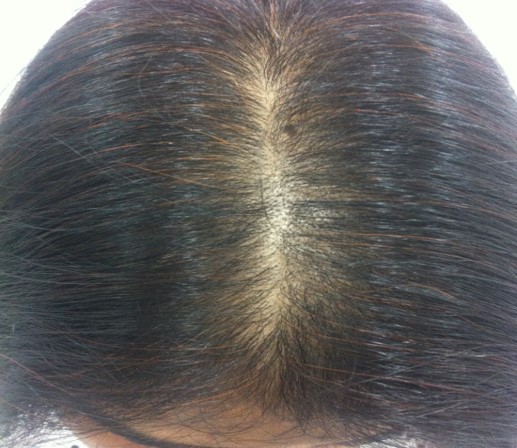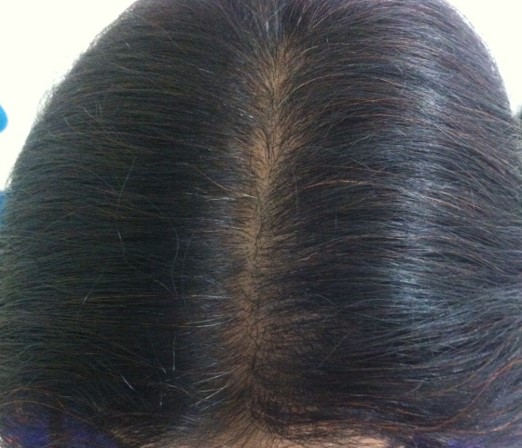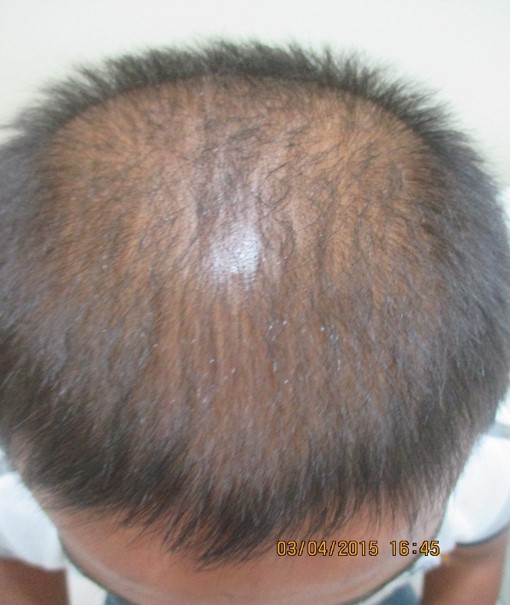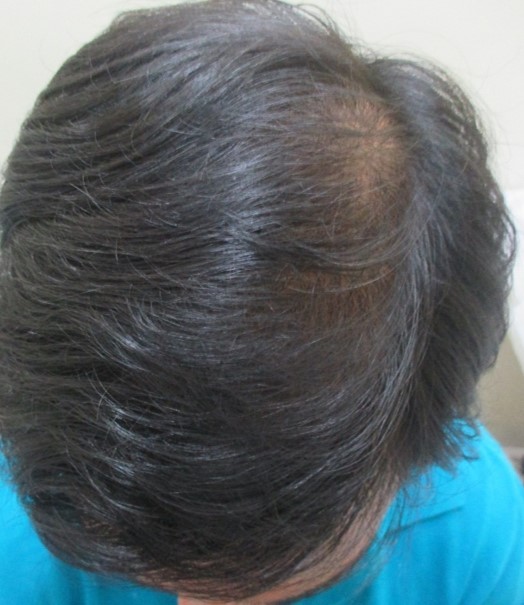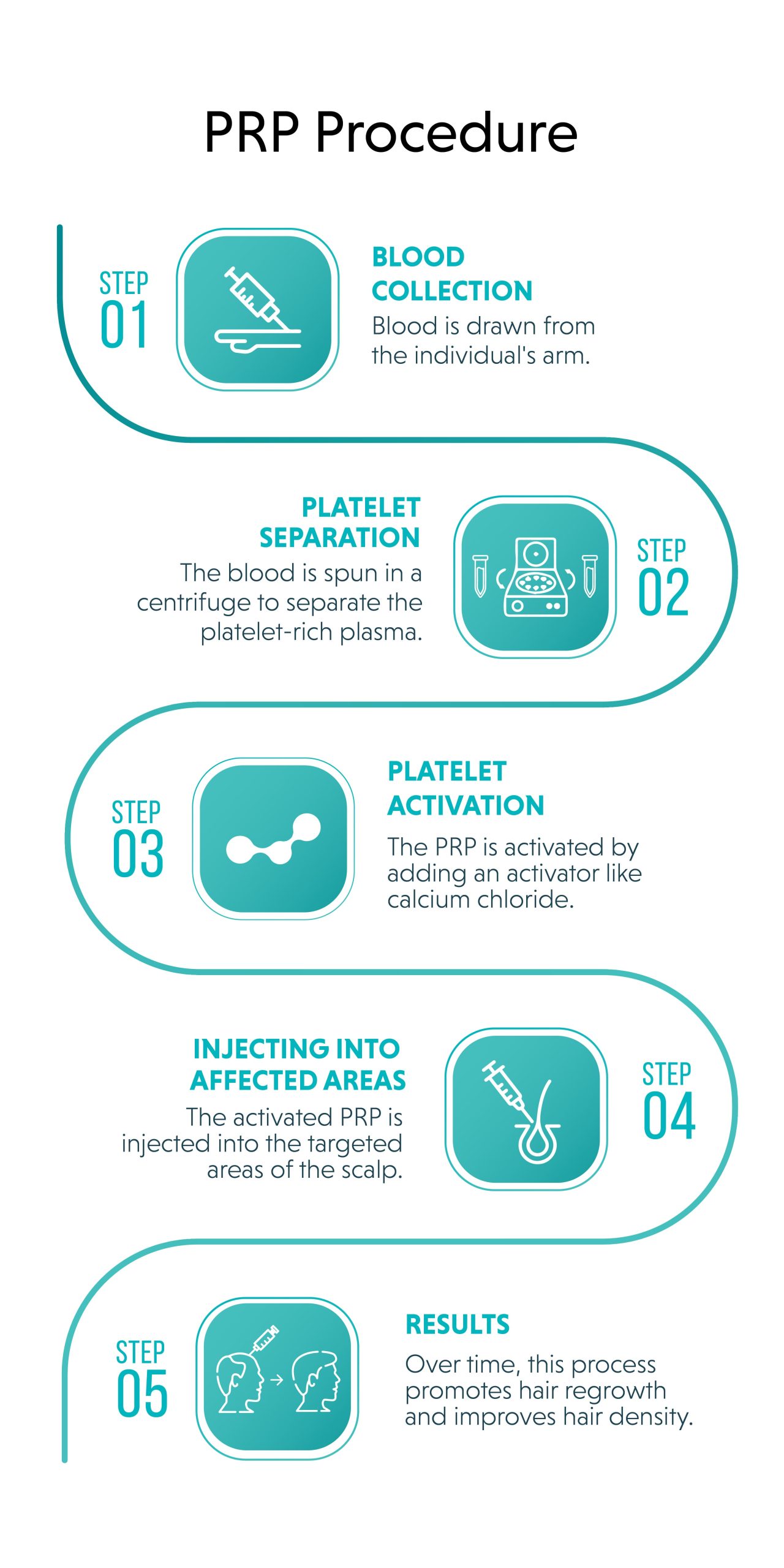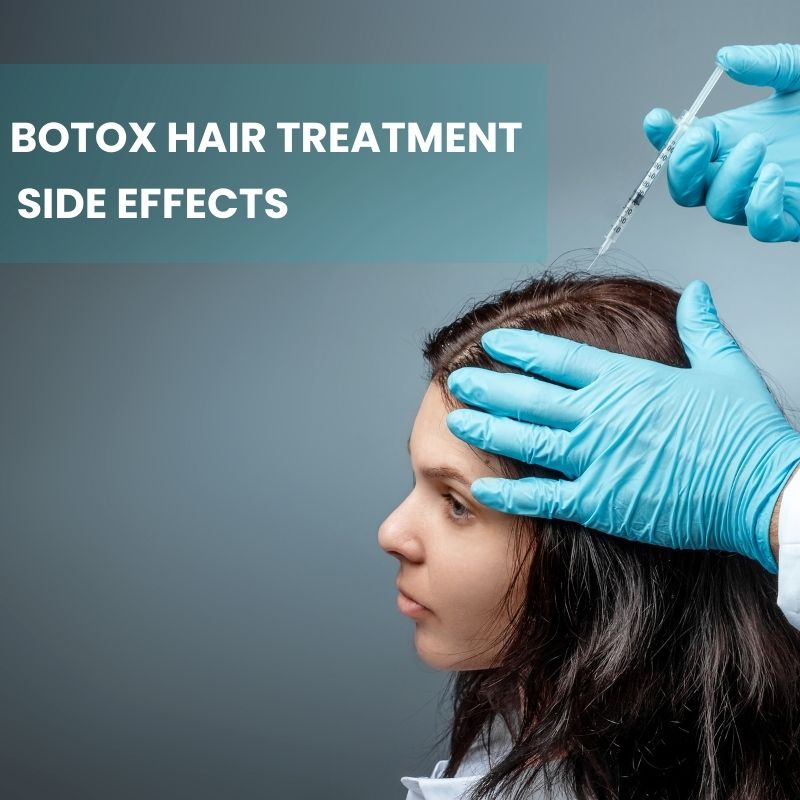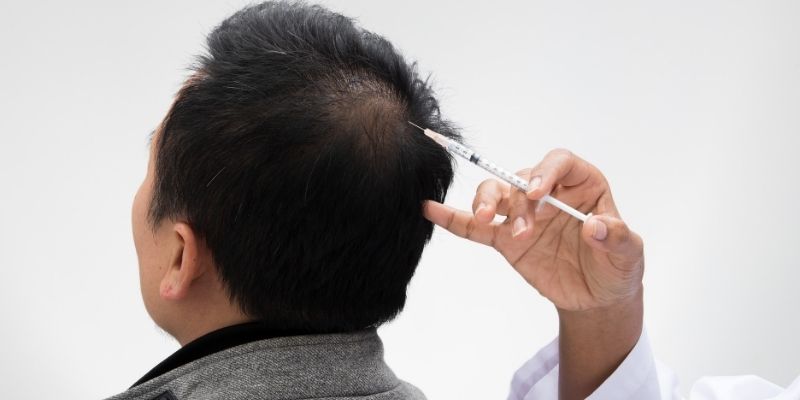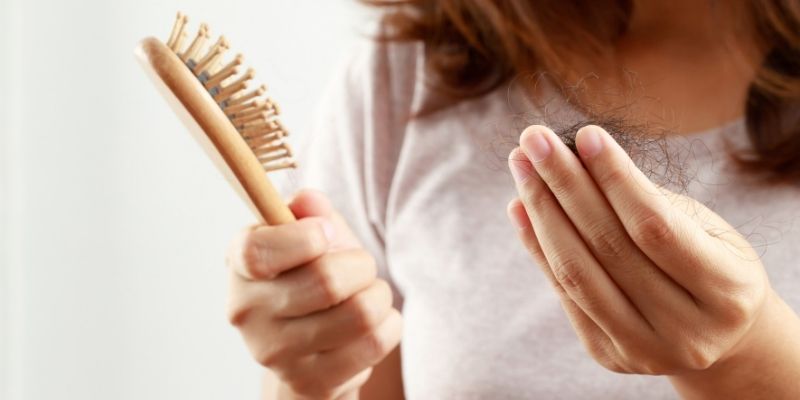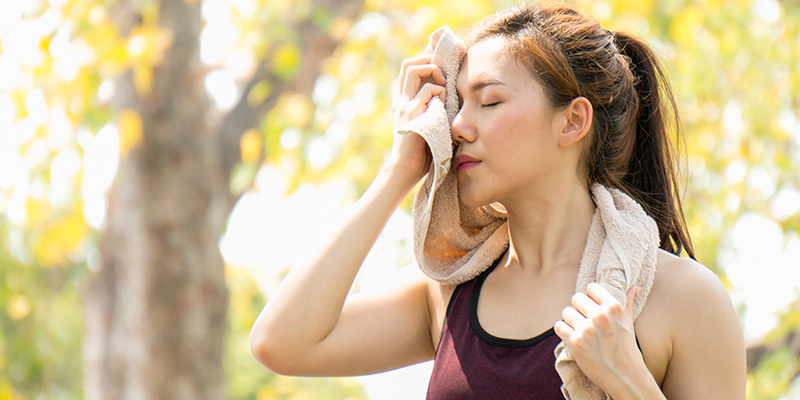PRP Hair Treatment In India: Cost Starts At INR 5,500, Side Effects & Procedure
Table of Contents
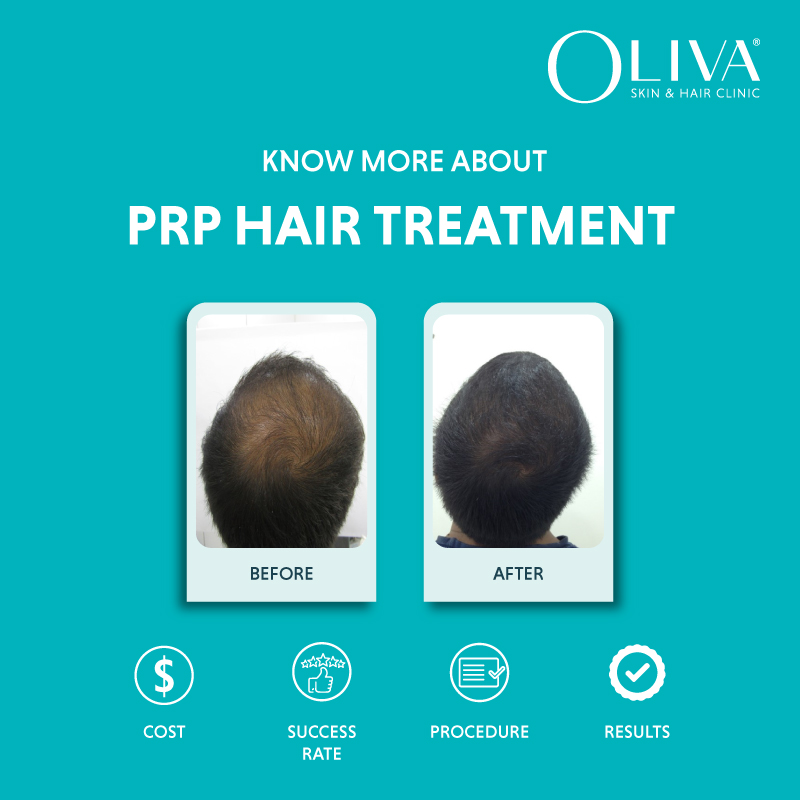
Welcome to our comprehensive guide on PRP treatment! If you’re looking for an innovative solution for hair loss, you’ve come to the right place. PRP treatment uses your body’s platelet-rich plasma to stimulate hair growth without invasive procedures and with minimal downtime. While the prp injection cost may vary, the benefits of improved hair thickness and texture and reduced hair fall make PRP an attractive option for those looking to restore their healthy hair growth. Let us take you on a journey to explore the world of PRP hair treatment and help you achieve healthy hair!
What Is PRP Hair Treatment?
PRP (Platelet-Rich Plasma) treatment is a non-surgical hair growth procedure involving injecting platelet concentration into the scalp. This stimulates blood supply to hair follicles and promotes new hair growth. The main intention of PRP treatment is to reduce hair loss and improve hair volume among those experiencing hair loss.
How Does PRP Treatment For Hair Work?
PRP hair treatment works with platelet-rich plasma; this stimulates hair growth. Platelets are small cell fragments in blood that contain growth factors. These growth factors stimulate cellular processes such as tissue regeneration and repair. The basis of PRP hair treatment is that injecting concentrated PRP into the scalp may result in the following:
- Improved Supply Of Blood: A better blood flow to the hair follicles could transmit necessary nutrients and oxygen thereby promoting healthy hair growth.
- Activate Follicle Growth: The growth factors within PRP potentially interact with the dormant hair follicles to push them from a resting phase into their growing stage, which would mean increased follicle activity and possibly fuller and thicker hair.
Globally there is ongoing research on the long-term effectiveness of PRP on hair loss. However, initial studies suggest that the potential for growth factors to affect the functioning of hair follicles can open up new directions for exploration concerning future strategies for restoring lost hair.
PRP Hair Treatment Before And After Results
The gallery below shows client images pre- and post-PRP hair treatment. You can look at the hair regrowth results they achieved after comparing the before and after images:
How Much Does PRP Hair Treatment Cost In India?
The cost of PRP hair treatment varies based on the number of sessions required. However the average cost of PRP hair treatment ranges between INR 4,500 to INR 10,500 per session. This PRP cost may vary depending on factors like the severity of hair loss, the area to be treated, the dermatologist’s experience, the clinic’s reputation, and the quality of the equipment used for the procedure.
Detailed price range of PRP treatment based on the number of sessions:
| PRP Treatment | Minimum Cost | Maximum Cost |
| PRP Treatment One Session | INR 6,500 | INR 12,000 |
| PRP Treatment 3 Sessions | INR 21,000 | INR 25,000 |
| PRP Treatment 5 Sessions | INR 26,000 | INR 35,000 |
| PRP Treatment 10 Sessions | INR 55,000 | INR 65,000 |
Additionally, we have compiled city-wise PRP hair treatment prices across India for individuals seeking localised information, allowing for a more tailored understanding of the expenses associated with PRP hair treatment in different regions.
| City | Minimum Cost | Maximum Cost |
| Mumbai, Maharashtra | 5600 | 11,800 |
| Delhi, Delhi NCT | 6,900 | 12,000 |
| Bangalore, Karnataka | 7,000 | 10,750 |
| Hyderabad, Telangana | 6,150 | 10,800 |
| Ahmedabad, Gujarat | 7,000 | 11,000 |
| Chennai, Tamil Nadu | 6,350 | 11,000 |
| Kolkata, West Bengal | 6,950 | 10,500 |
| Surat, Gujarat | 7,000 | 11,300 |
| Pune, Maharashtra | 7,500 | 10,750 |
| Jaipur, Rajasthan | 5,000 | 11,000 |
| Vizag, Andhra Pradesh | 7,900 | 10,500 |
| Bhubaneswar, Odisha | 4,900 | 10,000 |
NOTE:
The above-listed PRP hair treatment prices are based on rates from reputed PRP hair clinics in major Indian cities and do not apply to Oliva.
Factors Affecting The PRP Hair Treatment Cost
PRP hair treatment can be a suitable option for those seeking to address hair loss, but the cost can vary depending on several factors.
Here’s a closer look at factors that can influence the price:
- Location: Big city clinics might charge more due to higher operating expenses, while clinics in smaller towns might offer a more affordable option.
- Reputation Of Clinic: Clinics with a stellar reputation and experienced medical team often command a premium. Don’t forget their experience can ensure a safe and effective treatment.
- Dermatologist’s Expertise: The qualifications of the dermatologist performing the procedure can also influence the cost. Dermatologists specialising in hair restoration treatment may charge more due to their in-depth knowledge and skills.
- Clinic Infrastructure: The facilities and amenities offered by the clinic can play a role in affecting the cost of treatment. High-end clinics with luxurious amenities might charge more than those with a more basic setup.
- Number Of Sessions Needed: PRP treatment often requires multiple sessions for optimal results. The total cost will depend on the number of sessions recommended by your dermatologist.
- The Severity of Hair Loss: The extent of your hair loss can also impact the price. Generally, severe hair fall and thinning might necessitate more PRP sessions, leading to a higher overall cost.
- Discounts And Deals: Keep an eye out for promotional offers! Some clinics might provide discounts for new clients or package deals that bundle multiple sessions at a reduced rate.
Platelet-rich plasma therapy (PRP) is an advanced method for treating patterned hair loss, hair thinning or receding hairline and delivering effective natural hair regrowth results.
Here is the detailed step-by-step process of PRP hair treatment:
- Collection Of Blood Sample: As the first step of the PRP hair loss treatment process, your doctor will take a 20 ml blood sample.
- Separation Of Platelets: Dermatologists use the centrifuge technique for the separation of platelets from the blood. The double spin method ensures the optimal concentration of platelets that are rich in growth factors.
- Extraction and Activation Of PRP From The Blood: Doctors extract Platelet Rich Plasma (PRP) from the remaining layers of Platelet Poor Plasma (PPP), and red blood cells in the tube. Before injecting the PRP into a patient’s scalp, trichologists activate the growth factors in the plasma using an activating agent.
- Insertion Of PRP Into Affected Area With Injections: In the last step, dermatologists inject the PRP extracted from the blood safely into the affected area on the scalp with the use of microneedles. Before inserting the platelet-rich plasma, your dermatologist will administer local anaesthesia into the scalp margin, so that you don’t feel any pain.
PRP treatment for hair loss is a safe, non-surgical treatment that can effectively control hair loss.
Watch the video below to learn more about PRP treatment:
Hair Loss Concerns Treated By PRP Treatment
PRP hair treatment shows promise for addressing various hair loss conditions, but its effectiveness can vary depending on the specific cause. Find out the different types of hair loss and if PRP treatment is suitable to reduce them or not:
- Androgenetic Alopecia (Pattern Baldness): Hereditary hair loss is the most common form of hair loss, affecting both men and women of all ages. PRP is a viable treatment option for reducing hair loss in the early stages of androgenetic alopecia. Early intervention allows PRP’s growth factors to potentially stimulate existing hair follicles and potentially prevent balding.
- Alopecia Areata: This autoimmune condition causes the immune system to attack hair follicles, leading to sudden patchy hair loss. Doctors advise specialised injections for reducing this type of hair fall.
- Telogen Effluvium: This temporary hair loss is often triggered by stress, illness, or hormonal changes. While some studies suggest PRP may offer some benefit, more research is necessary to determine its long-term efficacy.
- Trichotillomania: This is a compulsive hair-pulling disorder that requires behavioural therapy to address the underlying cause. PRP may not be a suitable treatment for hair loss caused by trichotillomania.
- Involutional Alopecia: This is a natural thinning of hair that occurs with age. PRP’s effectiveness for this type of hair loss is not yet well-established.
- Scarring Alopecia: This type of hair loss occurs when scar tissue forms on the scalp, permanently destroying hair follicles. PRP is unlikely to be effective in promoting hair growth in areas with significant scarring.
Benefits Of PRP Treatment
PRP hair treatment offers several benefits compared to traditional hair loss treatments, making it an attractive option for many individuals with hair loss. Here’s a closer look at some key advantages:
-
Non-surgical And Non-scarring:
Unlike surgical hair transplants, PRP is a noninvasive procedure. It avoids scalpels or stitches, minimising the risk of complications and scarring. This makes it suitable for anyone seeking a painless approach to hair restoration.
-
Natural-Looking Results:
PRP utilises your body’s growth factors to stimulate hair growth. This promotes a natural-looking improvement in hair density and thickness, avoiding the unnatural appearance sometimes associated with other hair restoration techniques.
-
Safety:
PRP uses an autologous blood sample, minimising the risk of allergic reactions or complications.
-
Convenience:
The procedure is relatively quick and takes place in an outpatient setting. Additionally, minimal downtime allows you to resume your daily activities shortly after treatment.
-
Customisation:
PRP therapy allows scope for customisation to cater to individual needs. Depending on the severity of hair loss and your hair thinning, the dermatologist can customise the PRP treatment plan as a solo or combo therapy and decide the number of sessions you need.
PRP Hair Treatment Success Rate
A 2015 study revealed some amazing outcomes about the success rate of PRP treatment. Men with patterned hair loss experienced enhanced hair density three months after PRP treatment. Secondly, the investigation reveals that PRP injection treatment has a more than 84%—95% success rate in India against androgenetic alopecia. Its application is simple, relatively safe, and a cheaper alternative, which has turned PRP into a hair-restoring option for men and women with hair loss. Doctors can combine this in-clinic procedure with medications as part of a comprehensive treatment plan.
Here are some of the parameters that can help you measure the success rate of PRP hair treatment:
- Extended Hair Growth Phase: PRP helps reset the hair growth cycle by activating dormant hair follicles and pushing them into the growth phase.
- Reduced Hair Shedding: After the first few sessions of PRP, you can note a significant reduction in hair fall.
- Thicker Hair, More Coverage: As your PRP treatment advances, you will note a visible improvement in hair thickness and volume. You will achieve improved scalp coverage as you achieve hair regrowth by the time you complete the recommended sessions of PRP therapy.
Although you may observe reduced hair fall after the first session, normally visible hair regrowth needs around three sessions. However, the results would depend on the severity of hair loss. Your dermatologist may recommend oral medications, topical treatments, and maintenance sessions if required.
What Are The Side Effects Of PRP Hair Treatment?
While PRP hair treatment is generally considered safe, you may experience minor side effects after the procedure, such as pain or tenderness, swelling or redness, and bleeding at the injection site. Usually these side effects will subside within a few hours after the procedure. Here’s a breakdown of these side effects, categorized by their severity:
Minor Side Effects (Common):
- Pain or Tenderness: Mild discomfort or scalp tenderness at the injection sites is common after the procedure. This usually resolves within a few hours and is manageable with over-the-counter pain relievers, if necessary.
- Swelling or Redness: Temporary swelling or redness may occur around the injection sites. This typically subsides within a day or two and doesn’t require any specific treatment.
- Scalp Itching: Some patients may experience temporary itching in the scalp following the injections. Your dermatologist will advise post-care instructions to alleviate that.
- Bleeding: Minor bleeding at the injection sites is possible, but usually, it stops on its own.
Major Side Effects (Rare):
- Infection: As with any injection procedure, there’s a slight risk of infection. However, you can rule out this risk by opting for reputed clinics where qualified dermatologists perform PRP treatment in a sterile environment.
- Allergic Reaction: Allergic reactions due to PRP are very rare because it uses the blood sample derived from the client.
- Internal Injury: There’s a minimal risk of accidental nerve or blood vessel injury during the injection, but this is ruled out if an experienced dermatologist performs your PRP treatment.
- Scarring: Scarring at the injection sites is highly uncommon but can potentially occur.
It’s important to emphasise that the risk of major side effects associated with PRP hair treatment is very low, especially if an expert dermatologist performs the procedure. By choosing a qualified medical expert, you can significantly increase the safety and efficacy of the PRP treatment.
Who Is the Right Candidate For PRP Therapy?
PRP treatment is suitable for both men and women experiencing androgenic alopecia (male or female pattern baldness), early hair thinning, or those seeking to enhance the results of hair transplant procedures. It’s particularly effective in stimulating hair follicles, promoting hair regrowth, and improving hair density. Ideal candidates are generally adults in good overall health without blood disorders or severe scalp conditions. However, pregnant or nursing women should consult with a medical professional before considering PRP therapy.
Who Should Avoid PRP Hair Treatment?
While PRP is safe for many, a consultation with a medically qualified hair loss specialist is crucial before opting for it. Certain factors can limit your eligibility for this treatment:
- Smoking: Heavy smoking can slow down healing, potentially impacting PRP’s effectiveness.
- Blood Disorders: Conditions like platelet dysfunction syndromes, thrombocytopenia, and hypofibrinogenemia can affect blood clotting, making PRP therapy less suitable.
- Active Infections: Sepsis or acute infections require your body to focus on healing, potentially compromising PRP results.
- Chronic Health Conditions: Chronic liver disease and cancer may be contraindications, so discussing these with your doctor is important.
- Medications: Blood thinners can interfere with clotting, potentially impacting PRP treatment.
- Pregnancy and Breastfeeding: As a precaution, dermatologists do not recommend PRP during pregnancy or breastfeeding.
It’s always best to have a detailed discussion with your medial expert to ensure they are aware of your unique health situation. This will enable them to make an informed decision if PRP treatment is suitable for you or not.
How Effective Is The PRP Hair Treatment?
Here are the factors that can directly affect the results of PRP therapy:
- Underlying Cause of Hair Loss: The success of PRP therapy depends on the cause of hair loss. As discussed earlier, dermatologists recommend PRP to primarily treat hereditary hair loss. Correct diagnosis of the root cause can help determine the suitability of PRP therapy.
- Grade Of Baldness: Timing is crucial. PRP is generally more effective in reversing the early stages of hair loss or for those with mild to moderate thinning. If you’ve been battling extensive baldness for years, PRP might not be a suitable treatment option.
- Overall Health and Lifestyle: Factors like your general health, nutrition, stress levels, and lifestyle choices (smoking, diet) can all influence the PRP treatment results.
- Follow-Up and Maintenance: PRP is a low maintenance treatment. However, your dermatologist may recommend minimal follow-up sessions. They may also combine PRP with topical applications and oral medications to optimise the hair growth results. Following the doctor’s prescription and completing the recommended number of sessions are a must to achieve the best results of PRP treatment.
By understanding these factors, you can set realistic expectations for what PRP hair regrowth therapy can help you achieve.
Takeaway
PRP hair treatment utilises an individual’s platelets to regrow hair potentially. It is ideal for the early stages of hereditary hair loss. PRP is a non-surgical and virtually painless treatment (under local anaesthesia) with minimal downtime and natural-looking results. While effectiveness varies and may require maintenance, PRP remains a minimally invasive and affordable option with minor side effects. Consulting a qualified dermato-trichologist is crucial to determine if PRP suits your hair loss goals, considering your medical conditions.
Frequently Asked Questions On PRP Hair Treatment
PRP treatment offers long-lasting results that are sustainable with minimal follow-up sessions and post-care when combined with oral and topical medications.
Doctors recommend a course of 6-8 monthly PRP sessions to tackle early hereditary hair loss. Depending on your individual case, they may recommend follow-up sessions to maintain the results.
While most clients experience minimal discomfort with PRP injections, experienced dermatologists use local anaesthesia to ensure a pain-free and comfortable treatment experience.
The duration of the results depends on the severity of your hair loss. Generally, doctors recommend maintenance sessions, oral medications and topical applications to prolong the PRP treatment results.
Yes. PRP treatment can improve the thickness and volume of your hair. However, you may need a few sessions to achieve a significant improvement.
To ensure a safe PRP treatment experience, our doctors recommend following these simple steps:
- Give your dermatologist a heads-up about any medications you’re currently taking.
- Avoid alcohol and blood-thinning medications for a while before your appointment.
- Wash your hair with shampoo to remove styling products, buildup, and any hair dyes.
- Ditch hair products like gels, sprays, or colouring treatments on the day of your appointment.
Here’s how you can optimise the results after your PRP session:
- Avoid hair products and scalp medications for the next 12 hours.
- Wash your hair gently with shampoo the next day.
- Wait 3 days before colouring your hair again.
- Shield your scalp from exposure to direct sunlight for the next 2 days.
- Avoid alcohol, caffeine, and smoking for the next few days to promote healing.
- Skip aspirin and anti-inflammatory medications for 3-7 days.
The number of sessions required in PRP treatment depends on a number of factors, and only an expert dermatologist can decide that based on the severity of your hair loss.
While it may seem counterintuitive, experiencing temporary hair loss after PRP treatment is actually a common occurrence. PRP injections activate dormant hair follicles. These follicles might push out existing weaker hairs to make way for new, healthier hair growth.
Choosing between PRP and hair transplant depends on your specific situation and hair loss goals. For early hair loss, PRP might be a good first-line option, while a hair transplant works best in cases of advanced hair loss.
Stopping PRP treatment midway will compromise the hair growth results you achieve. You should complete the recommended sessions and come for minimal maintenance sessions as advised by your dermatologist to achieve the best hair growth results.
PRP works best for androgenetic alopecia. If your hair loss is due to other factors, PRP might not work for you.
PRP results can be variable, but it has the potential to regrow hair in bald spots, especially for mild or early-stage androgenetic alopecia.
PRP works by stimulating dormant existing hair follicles.
PRP has the potential to delay baldness, but it depends on several factors, such as the stage and type of hair loss.
Our certified subject matter experts do extensive research and collate facts from reputed scientific journals and international studies to create informative and engaging articles related to all your dermatology concerns. They strive to help you decipher medical jargon, distinguish fact from fiction and overcome paranoia. Our qualified medical board or expert panel goes a step further to verify these facts based on their rich academic knowledge, vast clinical experience and critical industry insights to ensure you consume only medically accurate content that empowers you to make informed decisions about your hair and skin-care treatments and weight management. Check out our Editorial policy for further details.
https://www.ncbi.nlm.nih.gov/pmc/articles/PMC8922312/
History




